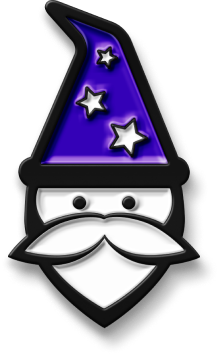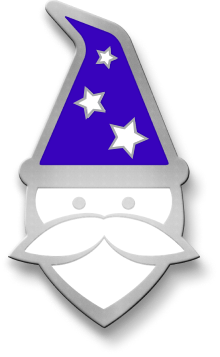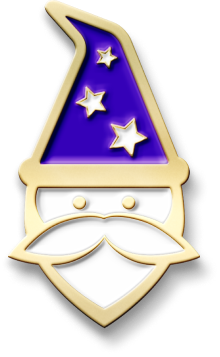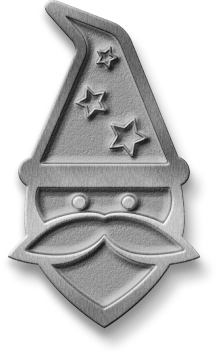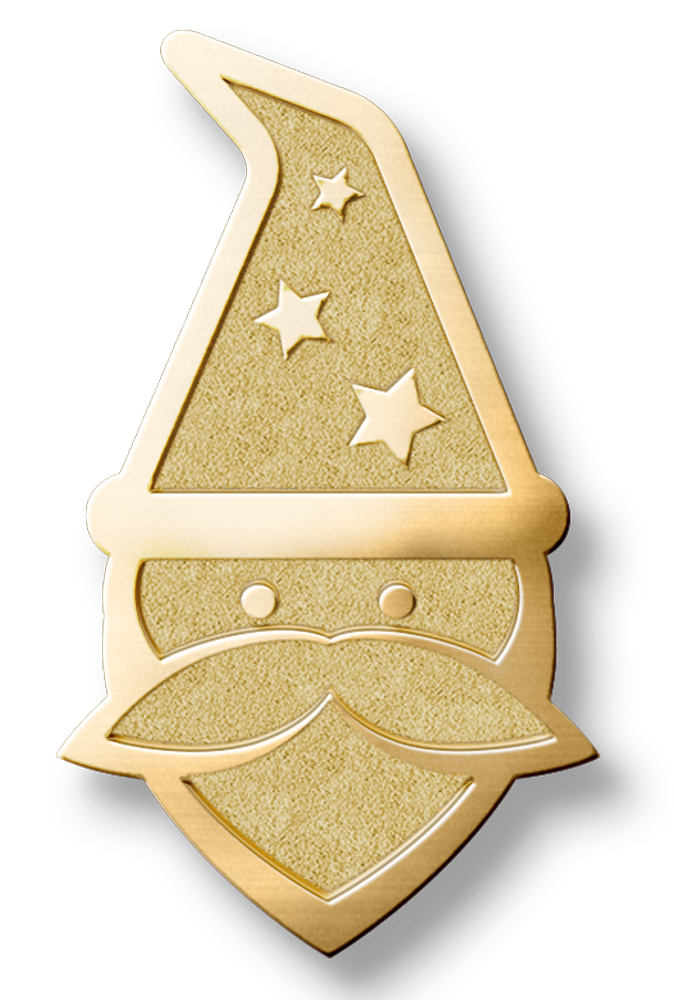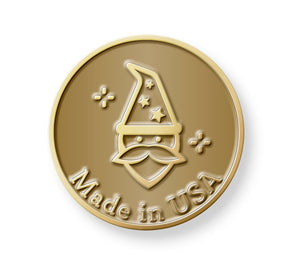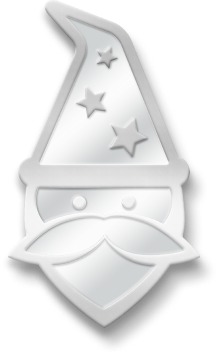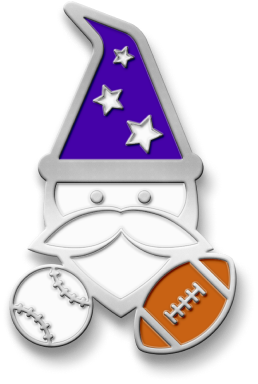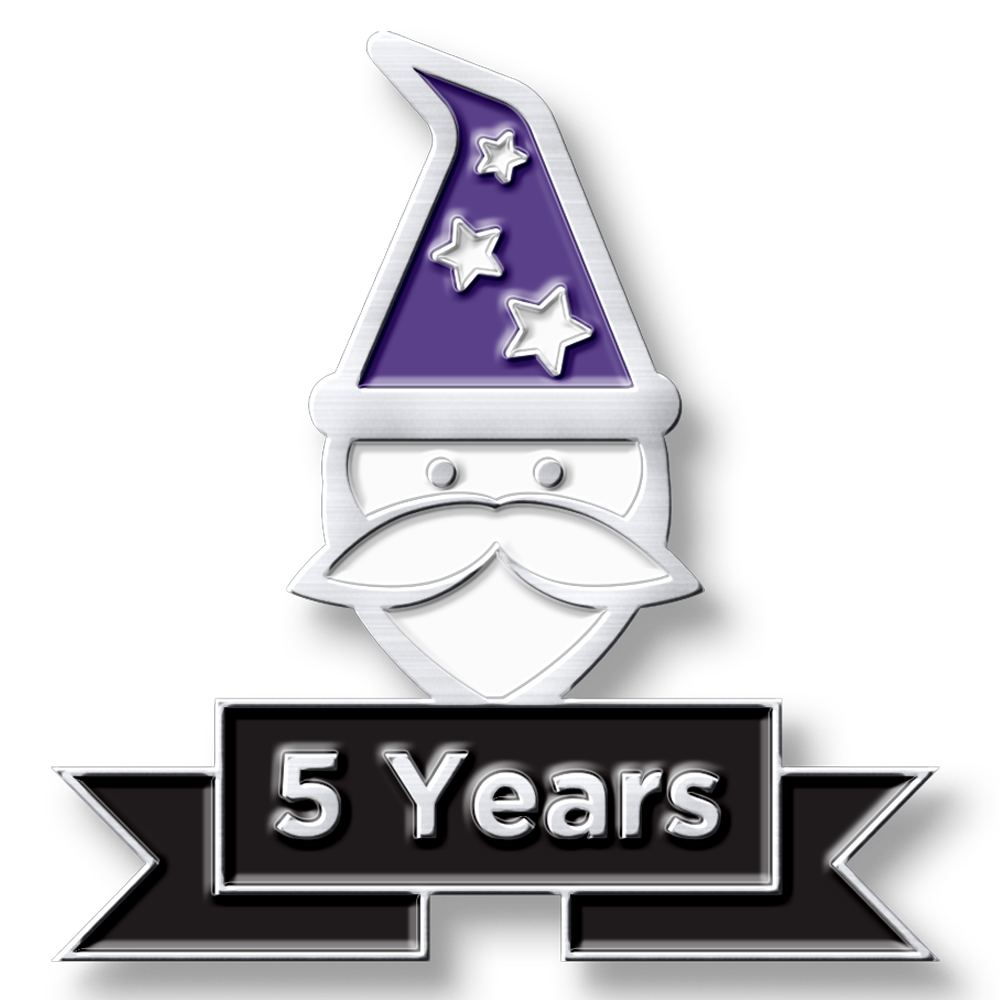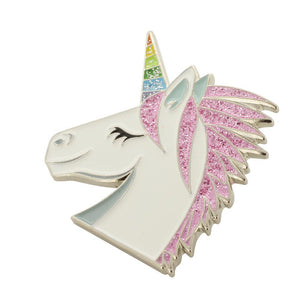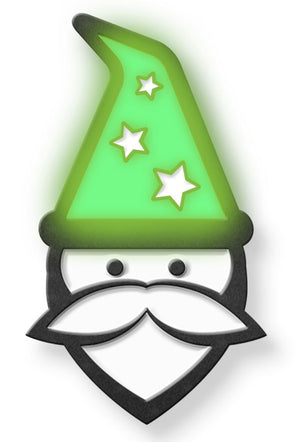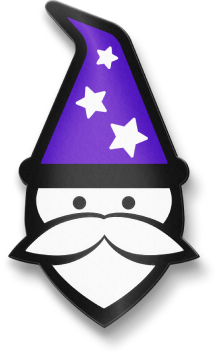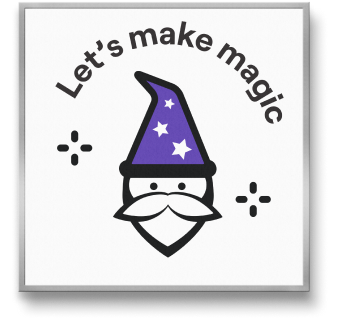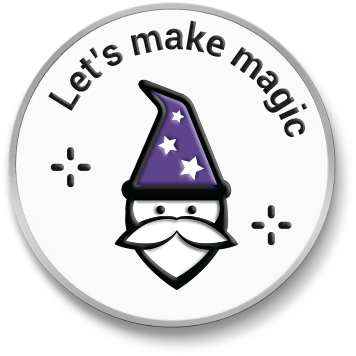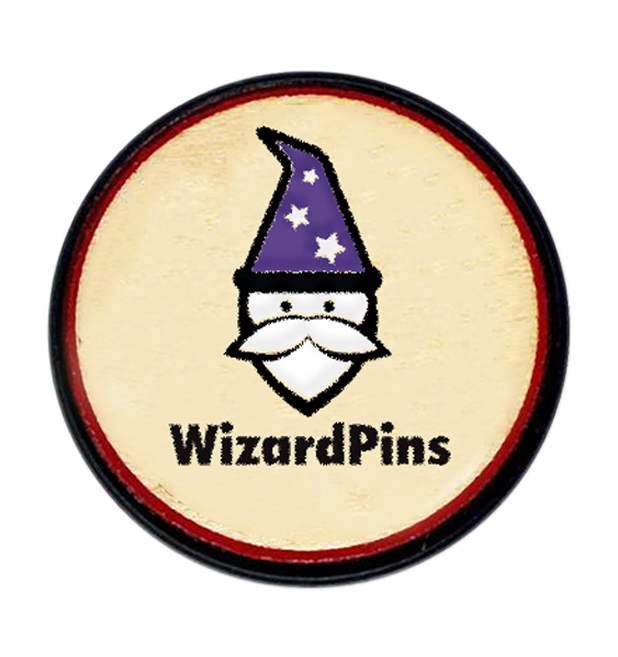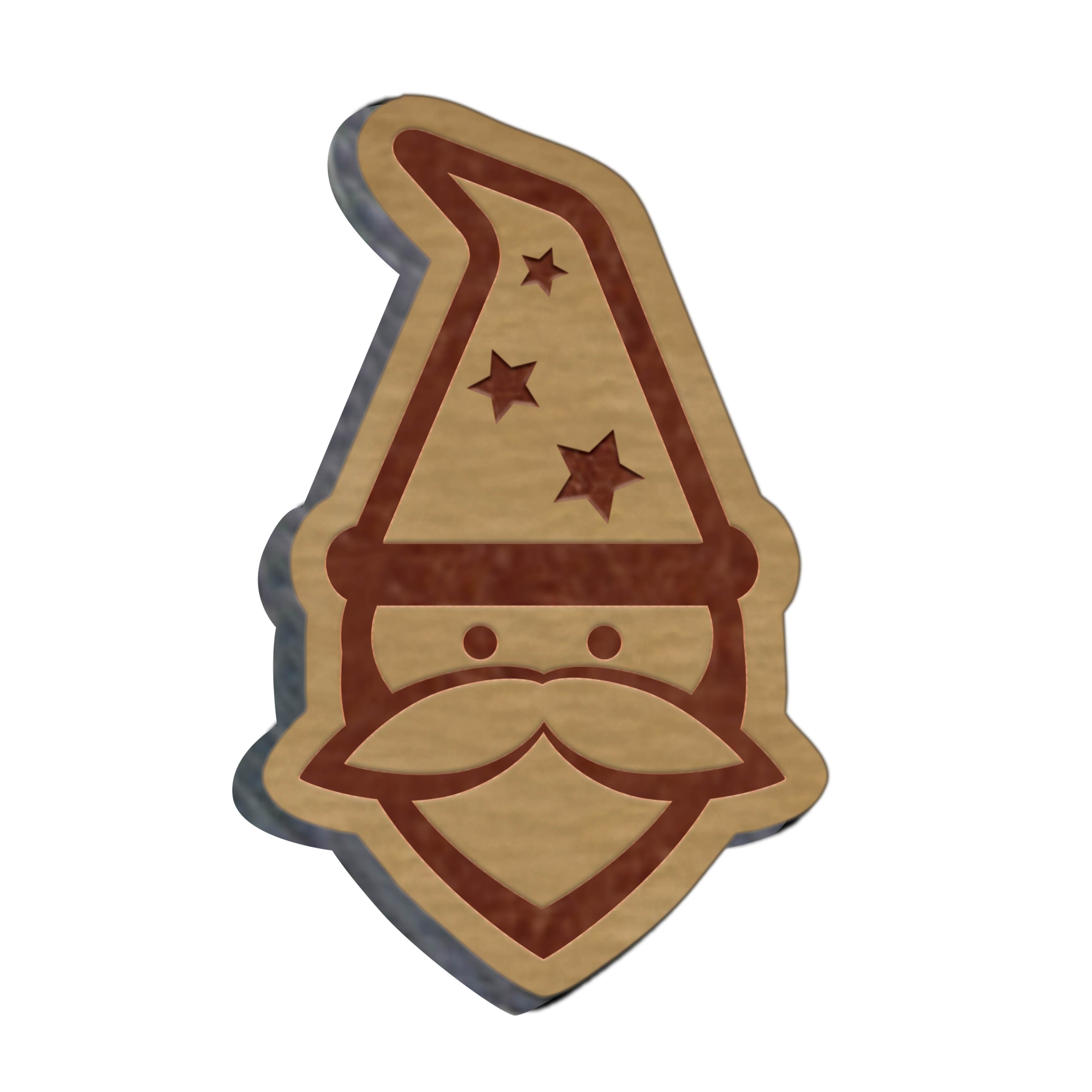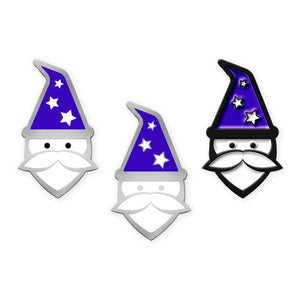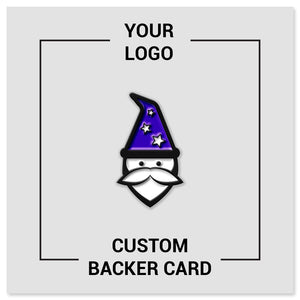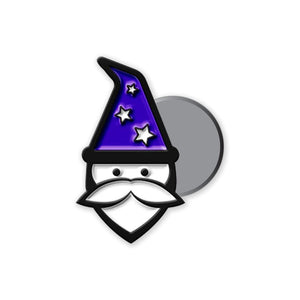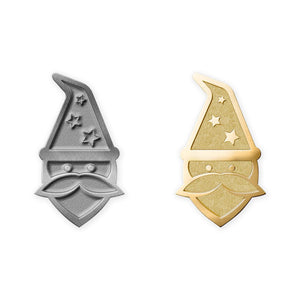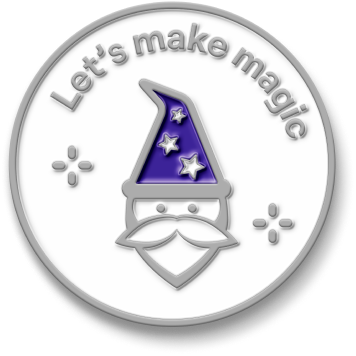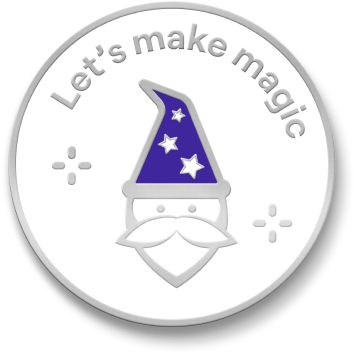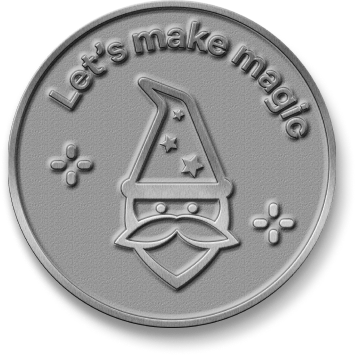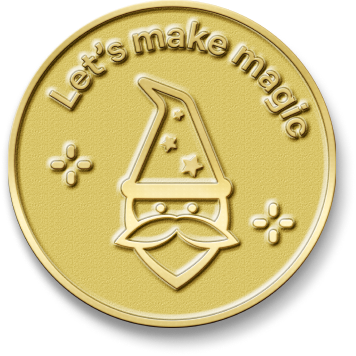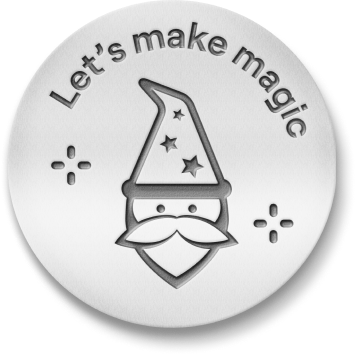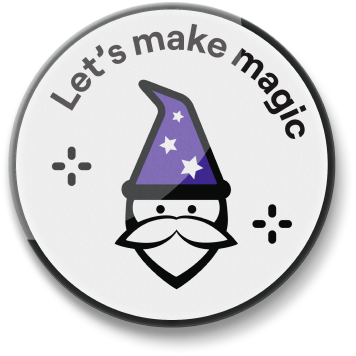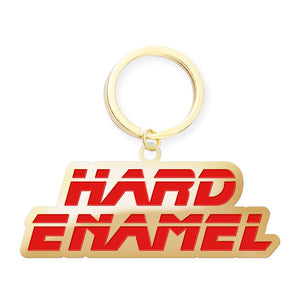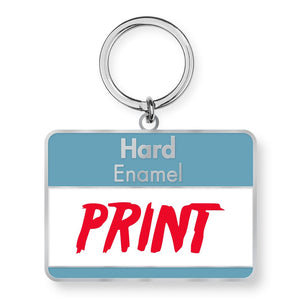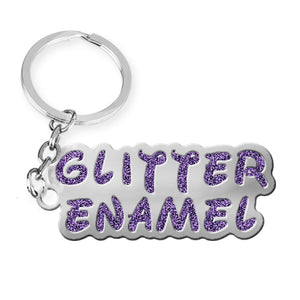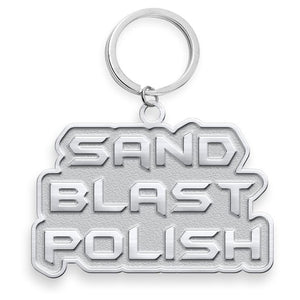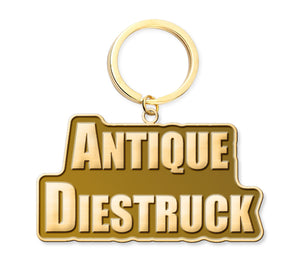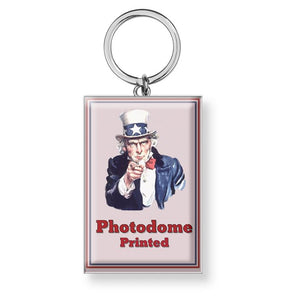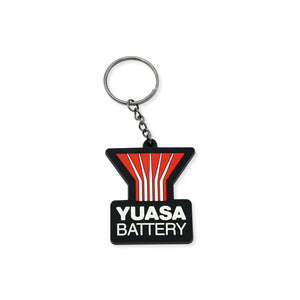There’s a lot of competition out there, though. A search on Etsy for “enamel pins” brings up 219,454 results at the time of this writing.
The thing is, you don’t need to be an experienced pin designer or graphic artist to create a popular pin. All you need is a plan. And we’re here to give it to you. Follow these steps and you’ll have an enamel pin that people will rush to buy, love to wear, and want to show off.
1. Find a ready-made audience to buy your pins.
Before Apple makes a new iPhone, they spend a lot of time learning what their customers want. Why? Because it’s much easier to sell a product designed for what people want than it is to find people who want to buy what you’ve designed without their input. So the first step in our pin plan is market research.Luckily, we don’t need a focus group and a two-way mirror. A little elbow grease and the internet is all we need to find pin ideas that will sell.
One note before we dive in: Don’t be afraid of small niche audiences. What they lack in numbers they more than make up for in passion. Case in point: there are over 4,000 members of the Ford Pinto Facebook fan club.
If you haven’t already started making Pinto pins, let’s get to learning how to make enamel pins for a targeted audience.
Tap your own network
Whether you love Weimaraners 🐕 or whining rhymers 🤠🎙️, you’re probably not alone. Turn your passion into a pin that others in your own fandom would love.Once you’ve ID’d the subject of your interest, you can find new pin ideas by creeping researching Facebook groups, Subreddits, and online forums of people who share your passion.
popular hashtags
Hashtags tell you what’s trending on social media. Those conversations are great inspiration for potentially popular pins.There are several ways to find trending hashtags:
- Use the auto-fill feature on Instagram’s search bar.
- Follow one hashtag, and see what other related hashtags posters use.
- See what hashtags influencers use.
- Use a tool like Leetags to generate relevant hashtags.
If you follow #food, you might see that lots of people use #tacotuesday. And there’s your pinspiration.
holidays
Recurring Holidays are great topics for pin design. Since Holidays are popular every year, so you can keep selling the same design over and over. Plus, you can use relevant hashtags to generate awareness.Earth Day (April 22) has become an international event celebrated in more than 190 countries. This globe pin is the perfect accessory to show off some Earth Day pride.
Source
When thinking about which days to make pins for, consider both official and not-so-official holidays; perhaps National Puppy Day (March 23) or National Donut Day (June 4).
Pop culture
From superheroes to singers to memes, every pop culture symbol has a following. That fandom is devoted, and they are hungry for creative ways to express themselves.By definition, pop culture is popular. So you don’t have to look hard to find ideas for this type of pin. Just pay attention to what people are sharing on social media or what pops up in the news.
When looking for pop culture pin ideas, focus on long-term trends, not short-term fads. Otherwise, those 500 fidget spinner pins might become a permeant fixture in your spare bedroom.
@onceuponateeshirt mashed up everyone’s favorite textured breakfast food with the most popular animated rodent on earth to create this amazing pin.
Social causes
Enamel pins are excellent conversation starters. Design a pin that will help people start conversations about the social causes they, and you, love.This creative little pin from @sheynamakes tells a huge story.
Source
You can use a cause important to you, or you can check out our awareness calendar for inspiration.
Decide what type of pin you’ll create
The two most popular types of pins are soft and hard enamel. Which one you choose will depend on your budget and overall design.Soft enamel pins
With soft enamel pins, you don’t fill the metal mold all the way to the top with enamel. That means your pin will have raised metal edges and recessed enamel colors.Soft enamel is the most popular type because
- they’re less expensive,
- they allow for any plating option,
- they look great with simple or intricate designs, and
- they take less time to produce.
Hard enamel pins
The difference with a hard enamel pin is that the enamel is overfilled and then polished down. This makes the pin smooth, without raised metal surfaces.Hard enamel pins are very durable and have a higher perceived value. But they’re also more expensive and take longer to produce.
Hard enamel pins have a couple of design limitations compared with their soft enamel counterparts. You can use only shiny plating options, and very detailed designs won’t work in a hard enamel pin.
Even with their cost and limitations, hard enamel pins are a popular option because they’re so durable.
Turn your pin idea into a design
Enamel pins are a specialized artistic medium; what looks great on a sketch pad or in design software may not translate in pin form. Here are some considerations to keep in mind as you turn your idea into a pin that people will want to buy.Remember the size
Make sure your artwork is scalable to a small canvas.Keep one color per section, without gradients
Your pin is made of raised metal with enamel poured into each section separately. That means you can have only one color per cavity, and no gradients or shading.Be specific about your colors
You want your pin to match your imagination, and that means getting the colors perfect. Use this Pantone Matching System Color Chart to choose the exact colors you want to use.Incorporate the plating
The plating is the metal used in your enamel pin. It can be plain silver or several other color options.Since the plating forms the outline of your pin, you’ll want to consider which type works best with your design. Silver is the default and the most commonly used. Black nickel is great for contrast with bright colors and gold lends a regal look to your pin.
Remove complexity
Bold lines and colors with clear delineation will grab attention. Small, super-detailed sections can’t be filled with enamel and can make your finished pin look blurred.Use properly sized text
Pins measuring 1 inch or smaller aren’t great options for text; it’s just too hard to see. For larger pins, balance readability and design by using a 5-point font for your text.Create a backer card
Backer cards are the small pieces of card stock that pins can be attached to. The right backer card gives your pin a more finished look and provides space to promote your brand.Custom backer cards are 3"x 3" or smaller, while the most common are either a 2"x 3" rectangle or a 2"x 2" square. They’re usually .5mm to 1mm thick (a bit thicker than a common business card) and either coated or uncoated.
So, what should you include in the design of your backer card? Here are a few ideas:
- Incorporate the pin into the visual design.
- Use the back for more information, such as a mission statement.
- Include your contact details, such as an Instagram handle, a website address, or a hashtag you’re promoting.
Source
Not only is there a website, but she also shows off her inspiration and her care for her craft with a few short messages.
A little hint: If you work with a pin manufacturer that also creates backer cards, you can save yourself a lot of assembly time putting the two together.
Submit your design so it becomes the most sellable pin possible
Different enamel pin manufacturers accept designs in different ways. It’s important to find a pin manufacturer that will work with your preferred method. That way, you can communicate exactly what you want, and you’ll get a pin that flies out of your Etsy store.At WizardPins, we can take your artwork in several forms, and our artists will help mold it into a production-ready design:
- Graphic design programs: If you’re comfortable with creating vectors or are hiring a graphic designer (there are some great ones on Fivver), you can submit via vector files (.ai, .eps, .pdf).
- Hand-drawn sketches: You can share these through a cell-phone picture to make it easy. Common file formats include .jpg, .png, .tiff, .gif, .gmp, jpeg, .psd).
- Existing pin: Send in the pin and we’ll recreate it.
- Your logo: Logos can look great on enamel pins, but they are subject to the same considerations as other designs. For a perfect match, you may consider custom photodome printed pins instead.
Source
Review and approve the proof to finalize your next best-seller
You’ve learned nearly everything you need to know about how to make enamel pins, but there’s one more critical step. Your pin manufacturer will provide a high-resolution mockup of your pin, called the proof. You can either accept the proof as-is or request that they make changes to it.This is the last chance to adjust your design and make sure you’re getting the exact pin you hoped for; after you approve the proof, your pin goes into production.
Don’t be afraid to be picky about each detail. You’ve done your homework, and you know what will sell. A good pin manufacturer will be happy to work with you to make sure it’s perfect. In fact, you should ask whether they offer unlimited proofs up front. That way, you’re not stuck accepting a design you’re not happy with after a few rounds of adjustments.
Stuff gets real once you approve the proof. Literally. Your idea and inspiration is crafted into a tangible product with real value. There’s no better feeling than cracking open the first box of pins you created. Well, except for getting your first order.
Now that you know how to make enamel pins, it’s time to promote them
You didn’t come this far to let your pin creation sit on the shelf. The world needs to see your masterpiece. There are lots of ways to promote and sell your new pin. We’ve found that launching giveaways on Instagram is an affordable option to generate awareness of your new company and get people excited about their next pin purchase. In fact, it’s how we gained our first 30K Instagram followers.U.S presidents wear them (sometimes). Justin Timberlake made a statement with his. Taylor Swift hides coded messages in hers. There’s no doubt that little enamel pins have a high profile in today’s culture. And once you know how to make enamel pins that people will want to buy, you can tap into this growing pindustry.
There’s a lot of “com-pin-tition” out there, though. A search on Etsy for “enamel pins” brings up 219,454 results at the time of this writing.
The thing is, you don’t need to be an experienced pin designer or graphic artist to create a popular pin. All you need is a plan. And we’re here to give it to you. Follow these steps and you’ll have an enamel pin that people will rush to buy, love to wear, and want to show off.
1. Find a ready-made audience to buy your pins.
Before Apple makes a new iPhone, they spend a lot of time learning what their customers want. Why? Because it’s much easier to sell a product designed for what people want than it is to find people who want to buy what you’ve designed without their input. So the first step in our pin plan is market research.Luckily, we don’t need a focus group and a two-way mirror. A little elbow grease and the internet is all we need to find pin ideas that will sell.
One note before we dive in: Don’t be afraid of small niche audiences. What they lack in numbers they more than make up for in passion. Case in point: there are over 4,000 members of the Ford Pinto Facebook fan club.
If you haven’t already started making Pinto pins, let’s get to learning how to make enamel pins for a targeted audience.
Tap your own network
Whether you love Weimaraners 🐕 or whining rhymers 🤠🎙️, you’re probably not alone. Turn your passion into a pin that others in your own fandom would love.Once you’ve ID’d the subject of your interest, you can find new pin ideas by creeping researching Facebook groups, Subreddits, and online forums of people who share your passion.
popular hashtags
Hashtags tell you what’s trending on social media. Those conversations are great inspiration for potentially popular pins.There are several ways to find trending hashtags:
- Use the auto-fill feature on Instagram’s search bar.
- Follow one hashtag, and see what other related hashtags posters use.
- See what hashtags influencers use.
- Use a tool like Leetags to generate relevant hashtags.
If you follow #food, you might see that lots of people use #tacotuesday. And there’s your pinspiration.
holidays
Recurring Holidays are great topics for pin design. Since Holidays are popular every year, so you can keep selling the same design over and over. Plus, you can use relevant hashtags to generate awareness.Earth Day (April 22) has become an international event celebrated in more than 190 countries. This globe pin is the perfect accessory to show off some Earth Day pride.
Source
When thinking about which days to make pins for, consider both official and not-so-official holidays; perhaps National Puppy Day (March 23) or National Donut Day (June 4).
Pop culture
From superheroes to singers to memes, every pop culture symbol has a following. That fandom is devoted, and they are hungry for creative ways to express themselves.By definition, pop culture is popular. So you don’t have to look hard to find ideas for this type of pin. Just pay attention to what people are sharing on social media or what pops up in the news.
When looking for pop culture pin ideas, focus on long-term trends, not short-term fads. Otherwise, those 500 fidget spinner pins might become a permeant fixture in your spare bedroom.
@onceuponateeshirt mashed up everyone’s favorite textured breakfast food with the most popular animated rodent on earth to create this amazing pin.
Social causes
Enamel pins are excellent conversation starters. Design a pin that will help people start conversations about the social causes they, and you, love.This creative little pin from @sheynamakes tells a huge story.
Source
You can use a cause important to you, or you can check out our awareness calendar for inspiration.
Decide what type of pin you’ll create
The two most popular types of pins are soft and hard enamel. Which one you choose will depend on your budget and overall design.Soft enamel pins
With soft enamel pins, you don’t fill the metal mold all the way to the top with enamel. That means your pin will have raised metal edges and recessed enamel colors.Soft enamel is the most popular type because
- they’re less expensive,
- they allow for any plating option,
- they look great with simple or intricate designs, and
- they take less time to produce.
Hard enamel pins
The difference with a hard enamel pin is that the enamel is overfilled and then polished down. This makes the pin smooth, without raised metal surfaces.Hard enamel pins are very durable and have a higher perceived value. But they’re also more expensive and take longer to produce.
Hard enamel pins have a couple of design limitations compared with their soft enamel counterparts. You can use only shiny plating options, and very detailed designs won’t work in a hard enamel pin.
Even with their cost and limitations, hard enamel pins are a popular option because they’re so durable.
Turn your pin idea into a design
Enamel pins are a specialized artistic medium; what looks great on a sketch pad or in design software may not translate in pin form. Here are some considerations to keep in mind as you turn your idea into a pin that people will want to buy.Remember the size
Make sure your artwork is scalable to a small canvas.Keep one color per section, without gradients
Your pin is made of raised metal with enamel poured into each section separately. That means you can have only one color per section, and no gradients or shading.Be specific about your colors
You want your pin to match your imagination, and that means getting the colors perfect. Use this Pantone Matching System Color Chart to choose the exact colors you want to use.Incorporate the plating
The plating is the metal used in your enamel pin. It can be plain silver or several other color options.Since the plating forms the outline of your pin, you’ll want to consider which type works best with your design. Silver is the default and the most commonly used. Black nickel is great for contrast with bright colors, and bronze lends a more antique look.
Remove complexity
Bold lines and colors with clear delineation will grab attention. Small, super-detailed sections can’t be filled with enamel and can make your finished pin look blurred.Use properly sized text
Pins measuring 1 inch or smaller aren’t great options for text; it’s just too hard to see. For larger pins, balance readability and design by using a 5-point font for your text.Create a backer card
Backer cards are the small pieces of card stock that pins can be attached to. The right backer card gives your pin a more finished look and provides space to promote your brand.Custom backer cards are 3"x 3" or smaller, while the most common are either a 2"x 3" rectangle or a 2"x 2" square. They’re usually .5mm to 1mm thick (a bit thicker than a common business card) and either coated or uncoated.
So, what should you include in the design of your backer card? Here are a few ideas:
- Incorporate the pin into the visual design.
- Use the back for more information, such as a mission statement.
- Include your contact details, such as an Instagram handle, a website address, or a hashtag you’re promoting.
Source
Not only is there a website, but she also shows off her inspiration and her care for her craft with a few short messages.
A little hint: If you work with a pin manufacturer that also creates backer boards, you can save yourself a lot of assembly time putting the two together.
Submit your design so it becomes the most sellable pin possible
Different enamel pin manufacturers accept designs in different ways. It’s important to find a pin manufacturer that will work with your preferred method. That way, you can communicate exactly what you want, and you’ll get a pin that flies out of your Etsy store.At WizardPins, we can take your artwork in several forms, and our artists will help mold it into a production-ready design:
- Graphic design programs: If you’re comfortable with creating vectors or are hiring a graphic designer (there are some great ones on Fivver), you can submit via vector files (.ai, .eps, .pdf).
- Hand-drawn sketches: You can share these through a cell-phone picture to make it easy. Common file formats include .jpg, .png, .tiff, .gif, .gmp, jpeg, .psd).
- Existing pin: Send in the pin and we’ll recreate it.
- Your logo: Logos can look great on enamel pins, but they are subject to the same considerations as other designs. For a perfect match, you may consider custom photodome printed pins instead.
Source
Review and approve the proof to finalize your next best-seller
You’ve learned nearly everything you need to know about how to make enamel pins, but there’s one more critical step. Your pin manufacturer will provide a high-resolution mockup of your pin, called the proof. You can either accept the proof as-is or request that they make changes to it.[mock up image from customer]
7486-V1 Black dyed (2).pdf
This is the last chance to adjust your design and make sure you’re getting the exact pin you hoped for; after you approve the proof, your pin goes into production.
Don’t be afraid to be picky about each detail. You’ve done your homework, and you know what will sell. A good pin manufacturer will be happy to work with you to make sure it’s perfect. In fact, you should ask whether they offer unlimited proofs up front. That way, you’re not stuck accepting a design you’re not happy with after a few rounds of adjustments.
Stuff gets real once you approve the proof. Literally. Your idea and inspiration is crafted into a tangible product with real value. There’s no better feeling than cracking open the first box of pins you created. Well, except for getting your first order.
